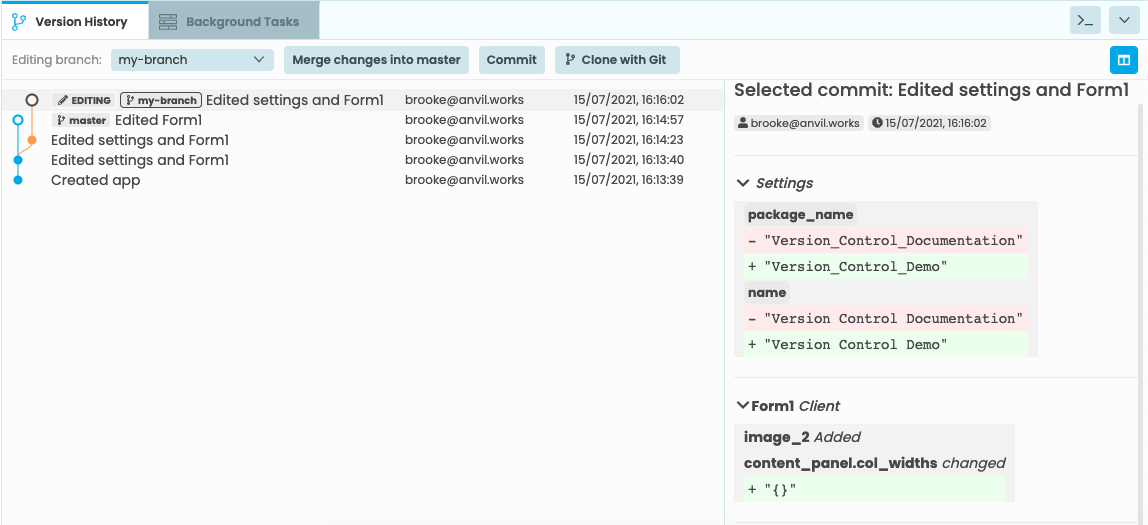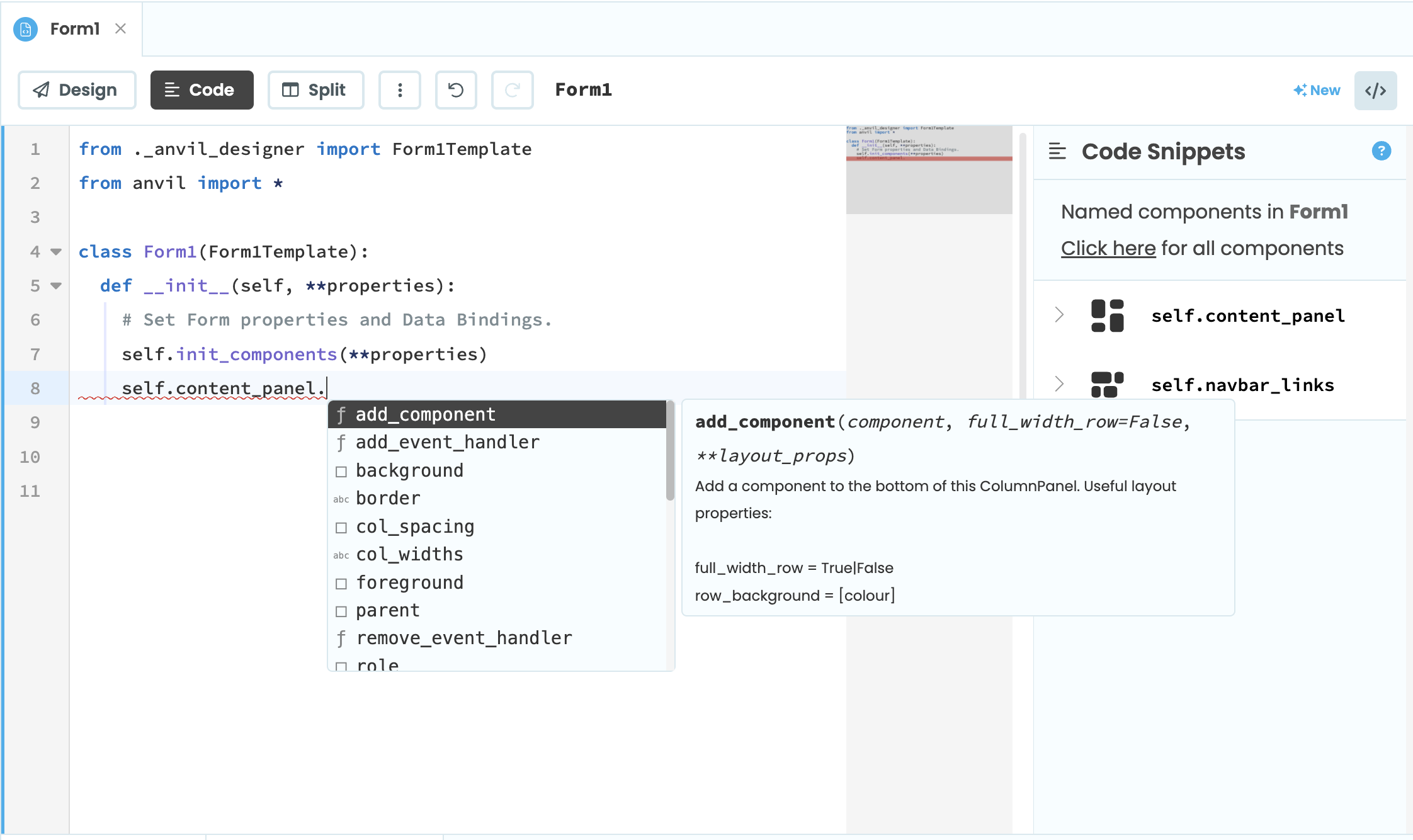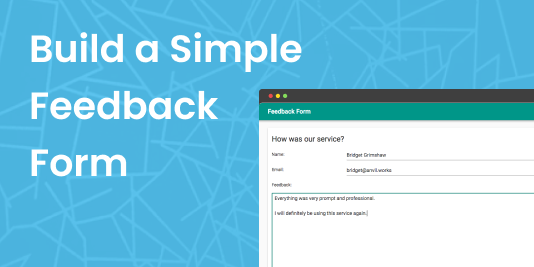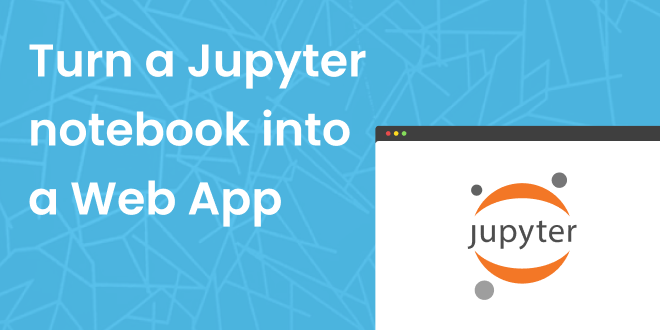
Learning to code, using Anvil
Hands-on learning
Anvil allows for a hands-on learning environment where students can build interactive web apps that can be shared with anyone. Anvil apps are already live on the web, so with one click, students can see whats possible with the power of Python.
Robert Ritz
Founder, LETU Mongolia

Dragging and dropping buttons onto a Form
Python is all you need
Students don’t need to learn HTML, CSS, JavaScript and SQL to build a web app. Building a UI is as simple as dragging and dropping components onto a page. Since everything is in Python, Anvil lets you introduce object-oriented, event-driven programming, without needing to teach five different languages at the same time.
Robert Ball
Instructor, James Rumsey Technical Institute
Connect to Jupyter notebooks
Students can connect the code they have running in Jupyter or Google Colab notebooks and connect them to a web app. Make data science and machine learning projects interactive by building a front-end for them with Anvil. Learn how!
Joshua Tan
Assistant Professor, LaGuardia Community College, CUNY
Everything is a Python object
Anvil web Forms, and all their components, are Python objects. Once pupils know the basics of classes and methods they are ready to create dynamic web apps.
With its object-oriented UI model, Anvil is a great way to teach object-oriented coding.

Adding a button click event
Full control with GitHub and version control
Anvil has built-in Git version control, allowing students to collaborate on apps together. Create branches, commit contributions, merge changes and resolve conflicts all within the Anvil Editor. Easily connect to public GitHub repositories for powerful code review tools. Students can see the full history of their projects and revert to old versions if they make a mistake.

Database management
Anvil includes a database service out of the box! Using Anvil’s built-in database means querying and editing data with no-nonsense Python statements. Students can use Python code to create, read, update and delete rows from a table with no need to learn SQL.

A database table backed by Postgres
Access to support
Learning new syntax is effortless with code editor auto-completion. There is full documentation, helpful articles and tutorials, as well as an active forum for when you or your pupils need a hint.

Free for classroom use
Anvil is free to use. We also offer our professional features for free to educational institutions to use in the classroom! Fill out our education contact form to get a licence or email education@anvil.works to find out more.
Find out more
So why not use Anvil to get students writing graphical web apps? Here are some simple app builds to inspire you:
Build a Simple Feedback Form

Build a data-entry app, and learn the techniques fundamental to building any Anvil app. In this tutorial, you will:
- Write server-side Python
- Build your User Interface
- Write client-side Python
- Store data in a database
- Deploy your app
Turning a Jupyter Notebook into a Web App

Socially Distanced Christmas Tree

Timezone converter app

At Anvil we have a secret productivity weapon - Anvil itself!
I was sick of making timezone conversions in my head, so I built a timezone converter in 15 minutes.